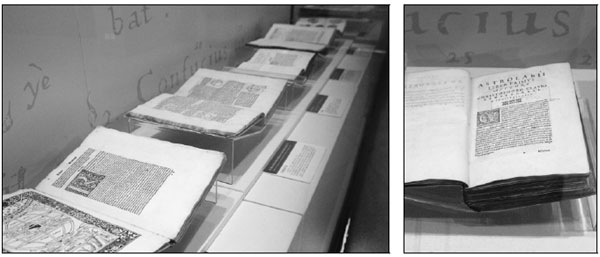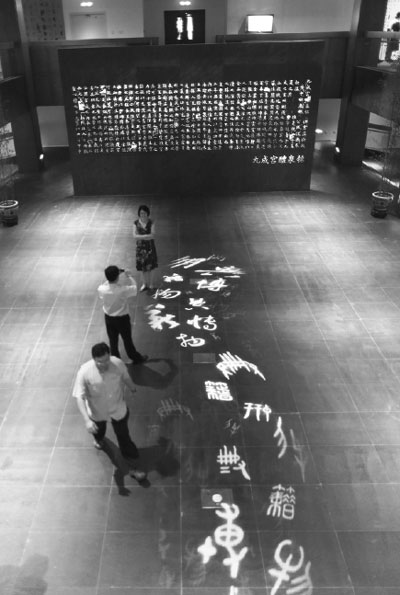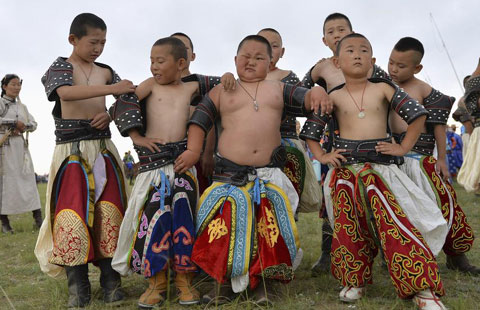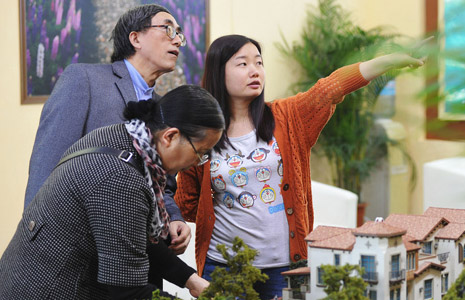Rare Western books on display
Updated: 2014-07-23 07:19
By Wang Kaihao (China Daily)
|
|||||||||||
Dozens of old and rare Western books will be on display at Beijing's National Museum of Classic Books from Aug 1 for groups and Sept 9 for individuals.
As many as 50,000 copies of old books published in different foreign languages are housed at the capital's National Library of China, of which the museum is a part.
The library is considered to have the largest such collection of books in the country. Foreign books published before 1850 fall into the "old" category, according to the library's classification.
|
Old books published in foreign languages are one of the highlights at the National Museum of Classic Books'opening exhibition. Photos by Wang Kaihao / China Daily |
|
The National Museum of Classic Books is a treasure trove of rare and old books. Provided to China Daily |
|
A librarian shows how to make a rubbing at the National Museum of Classic Books, which will be open to the public on Aug 1. Wang Kaihao / China Daily |
Books that were brought to China by missionaries form the bulk of the selection, with former personal libraries of Chinese and Western scholars adding a crucial depth to the collection.
Special sections in the gallery are exhibiting books that once belonged to Italian Jesuit priest Matteo Ricci (1552-1610) and German linguist Paul Georg von Mollendorff (1847-1901), among Europe's better-known cultural icons in China.
Highlights of the opening exhibition include:
Summa contra Gentiles, written by Thomas Aquinas, published between 1473 and 1477 in Venice, a Christian theological classic.
Emile, or On Education, published in Geneva in 1788, considered the most important work of Swiss philosopher Jean-Jacques Rousseau.
Biblia Sacra: Vulgatae Editionis Sixti V. Pont. Max, published in Antwerp in 1624, also known as a version of the Bible and once the 16th-century Catholic church's official Latin Bible in the face of Protestant reformation.
Hortus Eystettenisis, written by Basilius Besler, published in Nuremberg in 1613, a luxurious gardening reference book in Latin that used the biggest printing paper at the time.
The museum has about 2.75 million copies of ancient classics (published before 1911) including those from metal and stone rubbings, rare books and old maps.
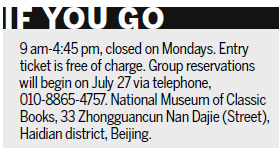
Some 800 "most precious" items will be displayed at the opening for visitors.
The world's largest oracle-bone script, written on ox scapulae (the other major types of oracle-bone scripts were written on tortoise shell), and rare stone carvings of the country's top calligraphy models are also ready for public viewing.
Classics written in non-Han Chinese languages will also be showcased at the exhibition. The list involves Tangut script and old Uygur alphabets, both extinct writing systems from western China.
wangkaihao@chinadaily.com.cn
(China Daily 07/23/2014 page20)
Today's Top News
Putin bans agricultural imports from West
UK names 'China hand' as new envoy
China film looks to global audience
China to exclude Apple products
Dutch firm to take over MH370 search
Nanjing takes fresh approach to Youth Olympics
China to punish Chrysler, Audi over monopoly
Beijing boosts checks on foreigners
Hot Topics
Lunar probe , China growth forecasts, Emission rules get tougher, China seen through 'colored lens', International board,
Editor's Picks
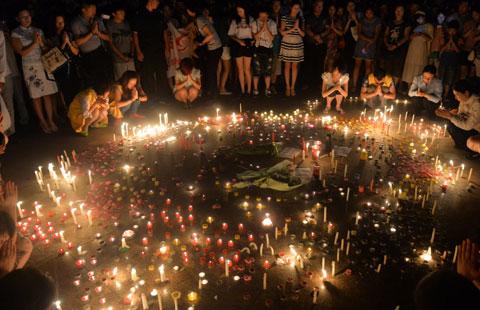
|
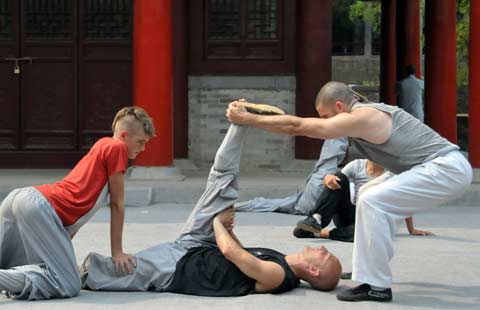
|

|

|

|

|
